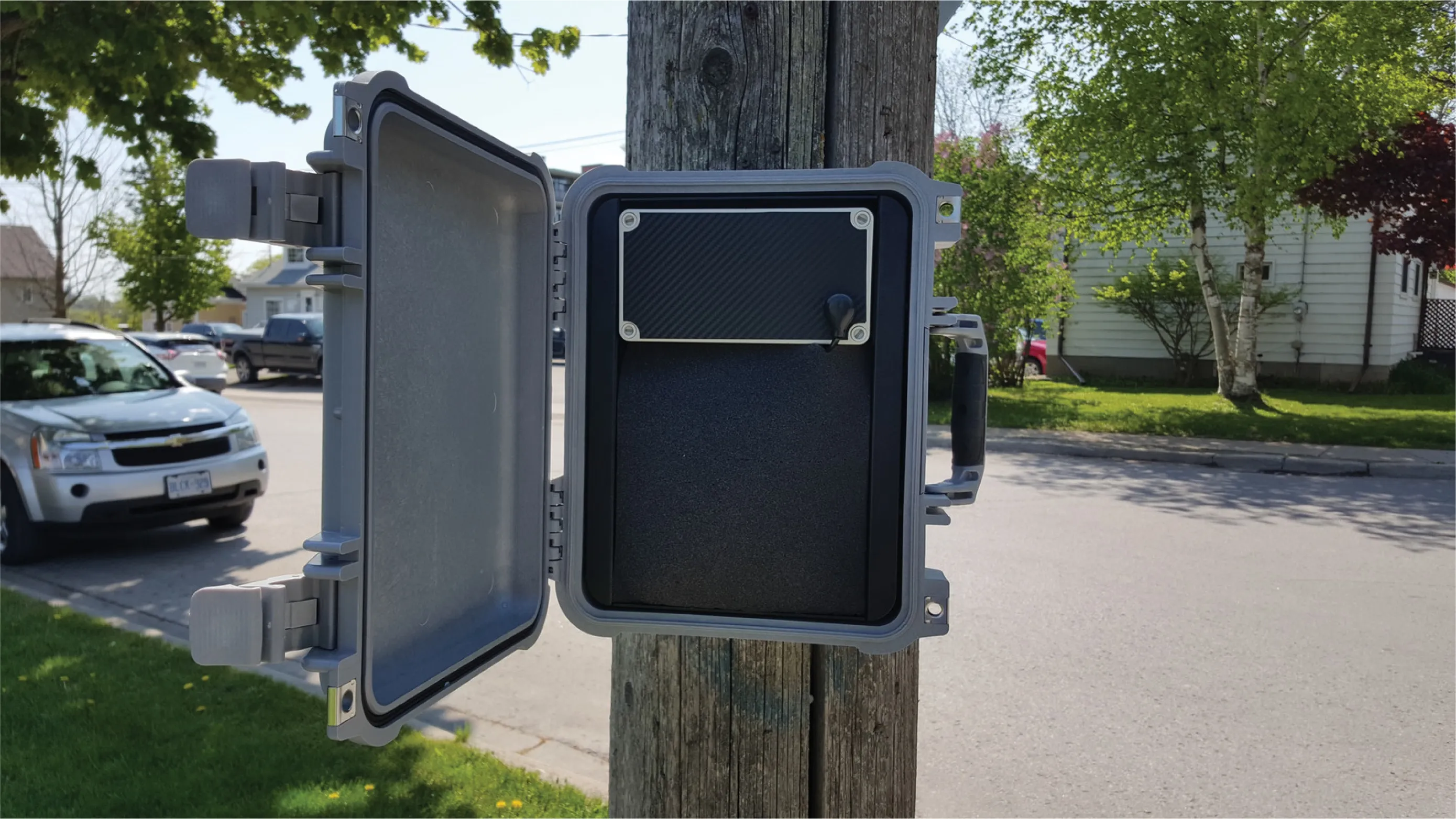In the first study of its kind in Qatar, researchers at Weill Cornell Medical College in Doha (WCMC-Q) have found a dramatic decrease in fatal motor injuries following the deployment of speed cameras. The research – Motor vehicle injuries in Qatar: time trends in a rapidly developing Middle Eastern nation – has been published in the peer-reviewed British medical journal, Injury Prevention. Most speed cameras in Qatar were installed during 2007, giving researchers the opportunity to examine injury rates befo
March 15, 2012
Read time: 3 mins

In the first study of its kind in Qatar, researchers at Weill Cornell Medical College in Doha (WCMC-Q) have found a dramatic decrease in fatal motor injuries following the deployment of speed cameras. The research – Motor vehicle injuries in Qatar: time trends in a rapidly developing Middle Eastern nation – has been published in the peer-reviewed British medical journal, 991 Injury Prevention.
Most speed cameras in Qatar were installed during 2007, giving researchers the opportunity to examine injury rates before and after the use of photo enforcement cameras.
It was in 2007 that Australia-headquartered112 Redflex Traffic Systems received an order to supply over 80 red-light cameras to the State of Qatar’s Ministry of Interior for deployment at key intersections in Doha. This order, valued at over US$4.2M, was followed in the early part of 2009 with an additional order for 24 Redflex red-light speed camera systems which were added to the established network, as part of one of the largest road safety campaigns in the region.
Until 2007, nearly two-thirds of all trauma-related deaths in Qatar were caused by vehicular crashes and three-fourths of the victims were less than 50 years of age. Traffic death rates in Qatar increased steadily, reaching a level of 23 per 100,000 in 2005. In comparison, in Western Europe and North America, motor vehicle death rates ranged from about five to 10 per 100,000.
“Our study shows that the traffic enforcement measures such as speed cameras have helped improve the safety of our roads in Qatar, but more measures are needed to continue to enhance road safety because there is room for improvement,” said Dr Ravinder Mamtani, associate dean for Global & Public Health at WCMC-Q, another of the report’s authors.
Project:
Speed camera deployment in Qatar
Before:
2000–2006, mean (SD) vehicular injury death rate per 100,000 was 19.9±4.1
After cameras deployed:
2007 to 2010, mean (SD) vehicular death rates cut to 14.7±1.5“This research is proof of how effective policy and strong implementation can save lives,” said Dr Mohammed Al-Thani, director of public health department, Supreme Council of Health, Qatar, and one of the authors of the report.
The study was carried out in conjunction with the Supreme
Council of Health and the traffic department of the Ministry of Interior. Its authors are Dr Ravinder Mamtani, (%$Linker:Email 0 0 0 oLinkEmail [email protected] Qatar Study false mailto:[email protected]?subject=Qatar%20Study true false %>) associate dean for Global and Public Health at WCMC-Q; Dr Javaid Sheikh, dean of WCMC-Q; Dr Mohammed Al- Thani, director of public health department, Supreme Council of Health; Dr Al-Anoud Bint Mohammed Al Thani, director of health promotion and non-communicable diseases from the Department of Public Health; and Dr Albert Lowenfels, department of surgery, New York Medical College.
Most speed cameras in Qatar were installed during 2007, giving researchers the opportunity to examine injury rates before and after the use of photo enforcement cameras.
It was in 2007 that Australia-headquartered
Until 2007, nearly two-thirds of all trauma-related deaths in Qatar were caused by vehicular crashes and three-fourths of the victims were less than 50 years of age. Traffic death rates in Qatar increased steadily, reaching a level of 23 per 100,000 in 2005. In comparison, in Western Europe and North America, motor vehicle death rates ranged from about five to 10 per 100,000.
Stringent measures
Beginning in early 2007, much more stringent traffic control measures were implemented — an increase in fines for traffic violations, greater attention to seat belt use and an increase in the number of speed control cameras from 14 to 84 (a sixfold increase). As the study states, reports of the effectiveness of speed enforcement detection devices from Westernised countries (Europe, North America and Australia) have shown some beneficial impact on reducing road traffic injury and death rates, but there are limited data on the use of photo enforcement cameras in other countries of the Middle East.More measures needed
“The reason why this collaborative research is important is because it brings to light the role that law enforcement interventions have played in reducing premature mortality from motor vehicle injuries in Qatar,” commented Dr Javaid Sheikh, dean of WCMC-Q.“Our study shows that the traffic enforcement measures such as speed cameras have helped improve the safety of our roads in Qatar, but more measures are needed to continue to enhance road safety because there is room for improvement,” said Dr Ravinder Mamtani, associate dean for Global & Public Health at WCMC-Q, another of the report’s authors.
Project:
Speed camera deployment in Qatar
Before:
2000–2006, mean (SD) vehicular injury death rate per 100,000 was 19.9±4.1
After cameras deployed:
2007 to 2010, mean (SD) vehicular death rates cut to 14.7±1.5“This research is proof of how effective policy and strong implementation can save lives,” said Dr Mohammed Al-Thani, director of public health department, Supreme Council of Health, Qatar, and one of the authors of the report.
The study was carried out in conjunction with the Supreme
Council of Health and the traffic department of the Ministry of Interior. Its authors are Dr Ravinder Mamtani, (%$Linker:







